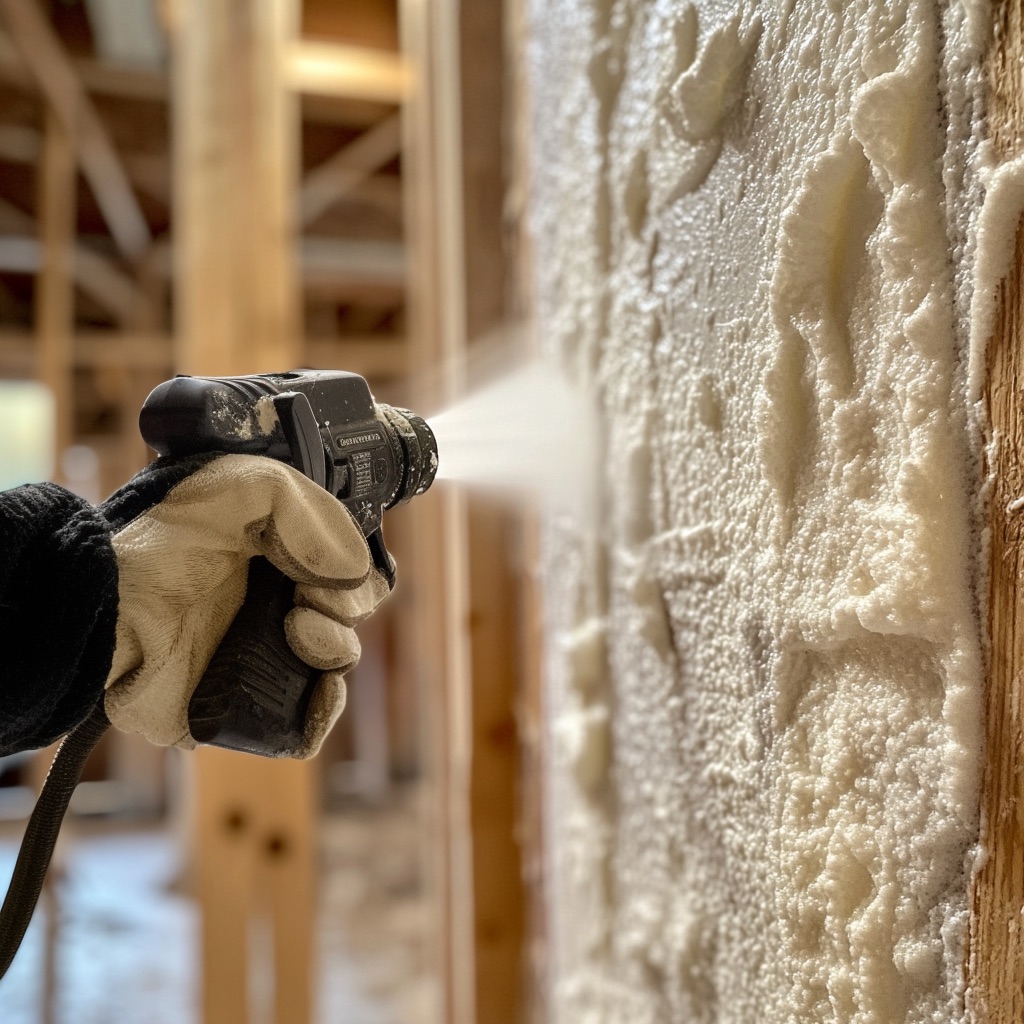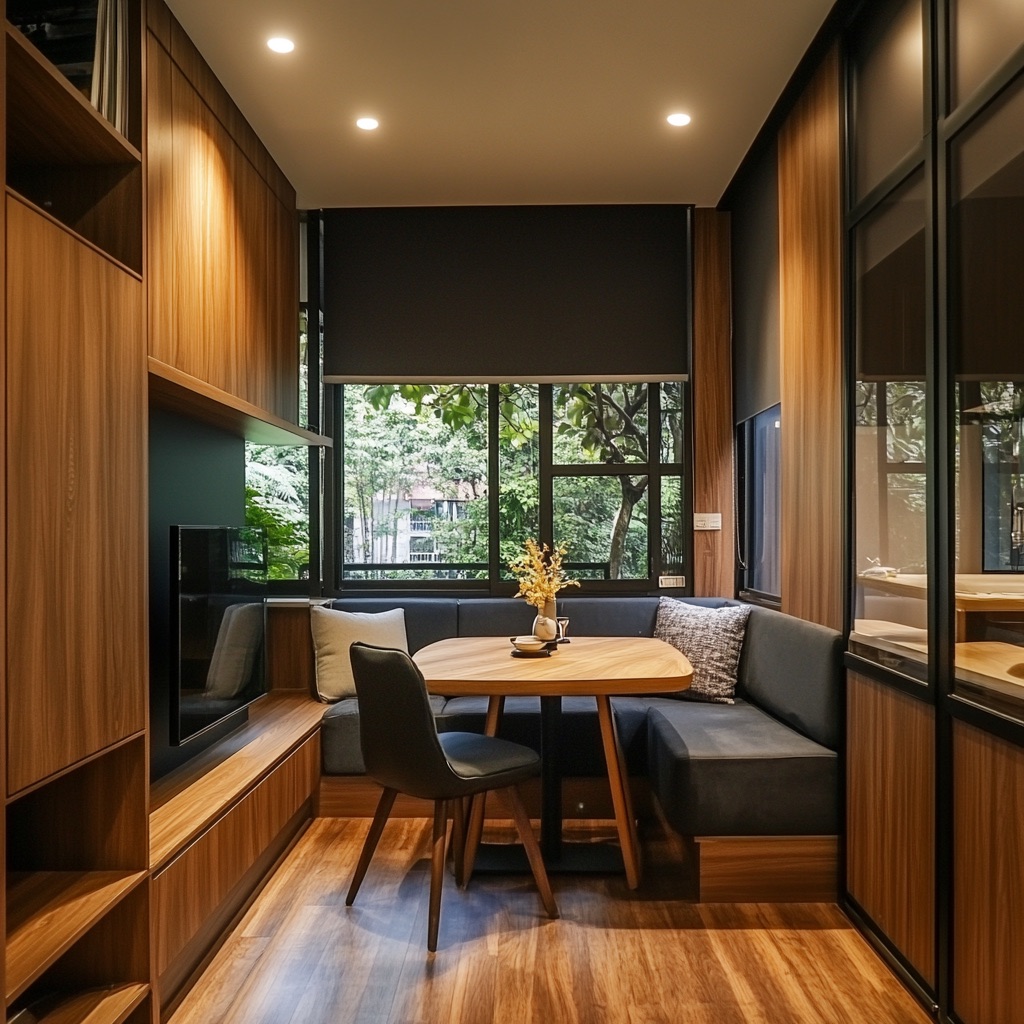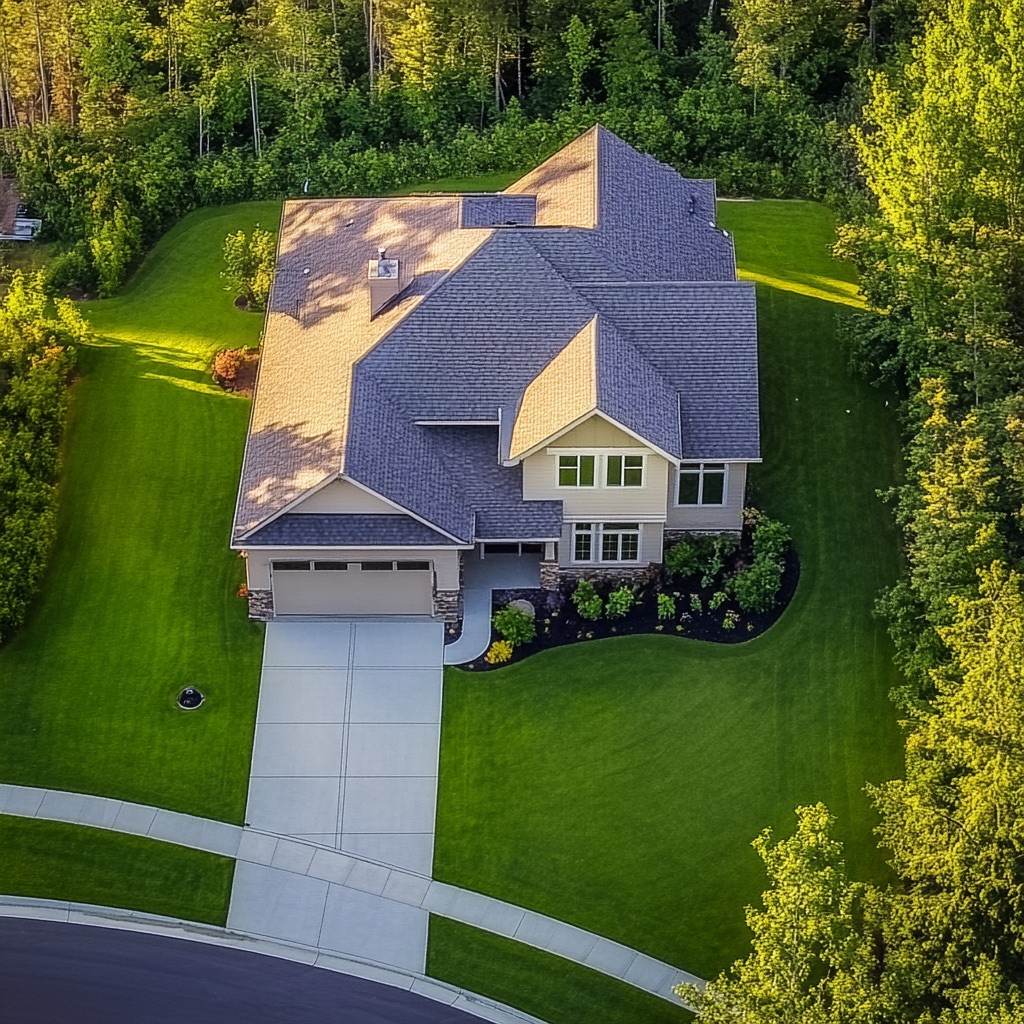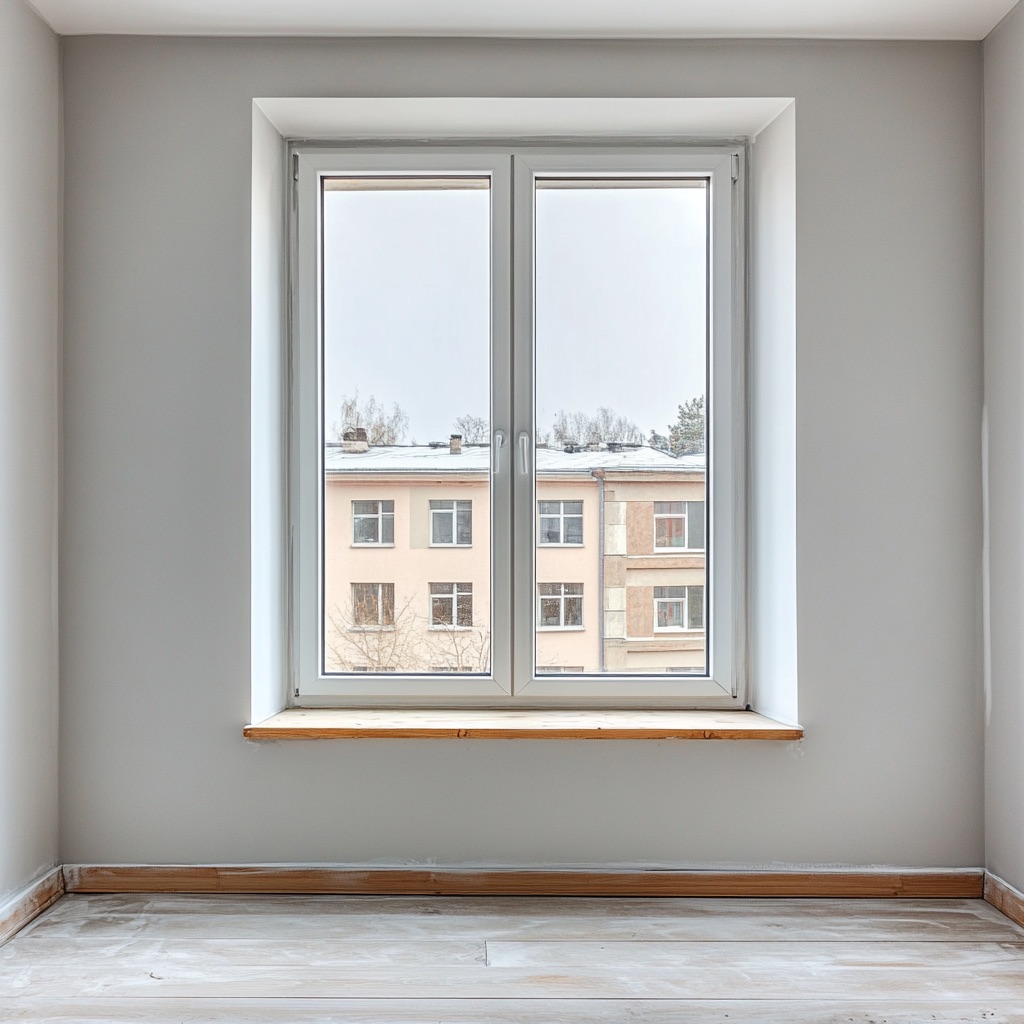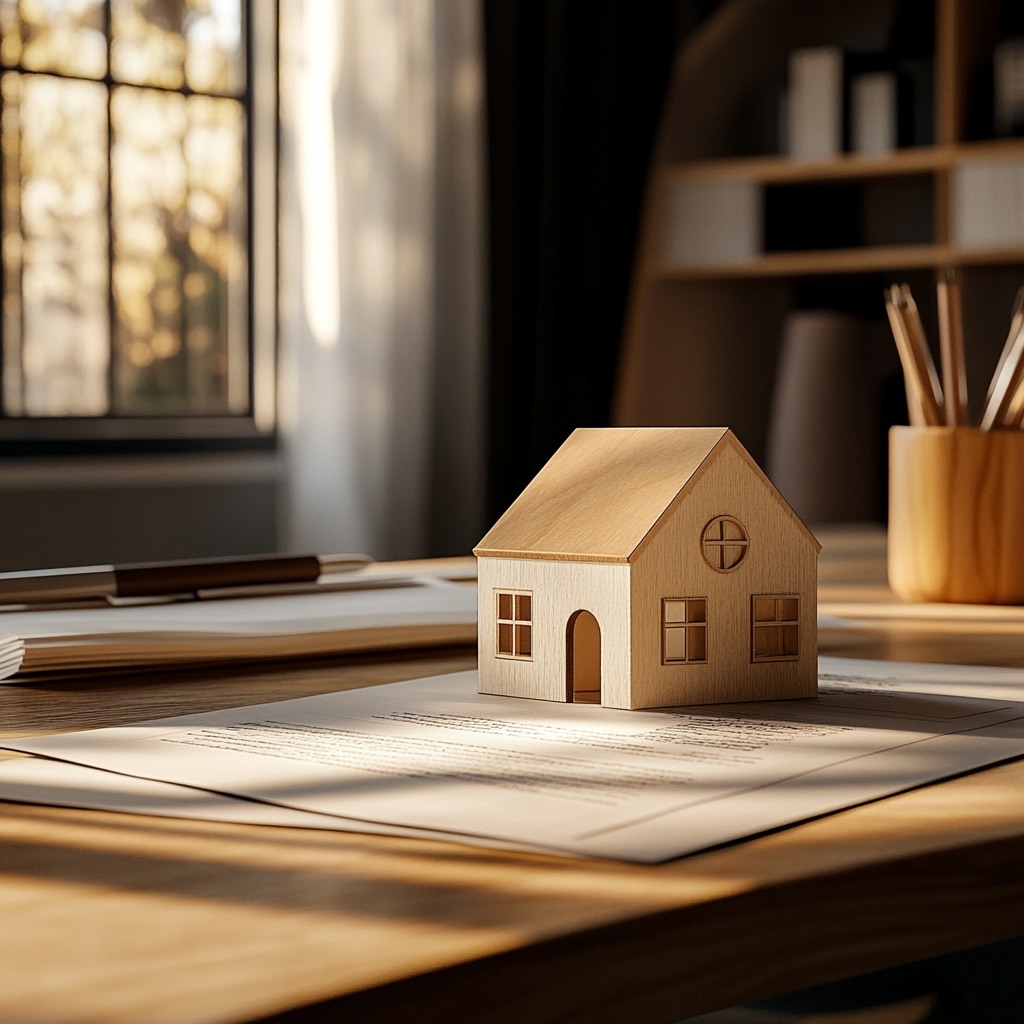When it comes to revamping your living space, the wisdom of experienced professionals can be invaluable. Whether you’re contemplating a minor refresh or a major renovation, these insider tips can lead to not only a more aesthetically pleasing environment but also one that boosts functionality and increases your home’s value.
In this guide, you’ll gain access to exclusive insights that seasoned pros have gleaned over years of transforming houses into dream homes. From optimizing your budget to selecting the right materials and finding the sweet spot between current trends and timeless design, you’re about to embark on a home upgrading journey that marries practicality with style.
Prioritize Your Projects
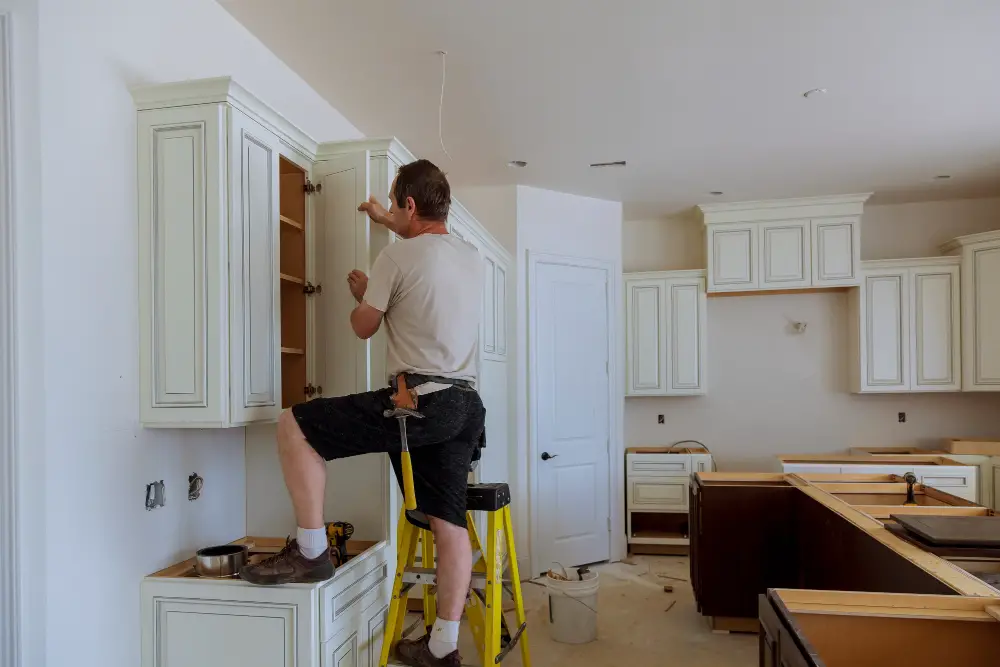
Before you start hammering away, it’s crucial to prioritize your projects. Assess the areas of your home that need the most attention or will provide the best value for your investment. Consider starting with structural and maintenance issues before cosmetic changes; not only does this ensure the longevity of your abode, but it also avoids covering up potential problems with purely surface-level solutions.
Think about your long-term plans for the home. Are you upgrading to sell or to enhance your living experience for years to come? This will significantly influence which projects you should prioritize. Remember, what appeals to you may not necessarily increase the resale value, and vice versa.
Whether you’re considering a SIP panel extension, a kitchen remodel, or repurposing unused space into a functional room, think about the return on investment and factor that into your priority list. It’s all about making informed decisions that balance your personal needs with potential future benefits.
Budget Wisely
It’s no secret that renovations can quickly become more expensive than initially planned. To avoid financial strain, create a comprehensive budget that includes a cushion for unexpected costs. Be meticulous in pricing out materials and labor, and be realistic about what you can accomplish with the funds available.
When you’re setting your budget, also think about ways to save money. Sometimes, it’s worth investing in high-quality materials that will last longer and look better, saving you money in the long run. Other times, there might be smaller, DIY projects that you can tackle without professional help, allowing you to allocate more funds towards the bigger renovations.
Choose the Right Materials
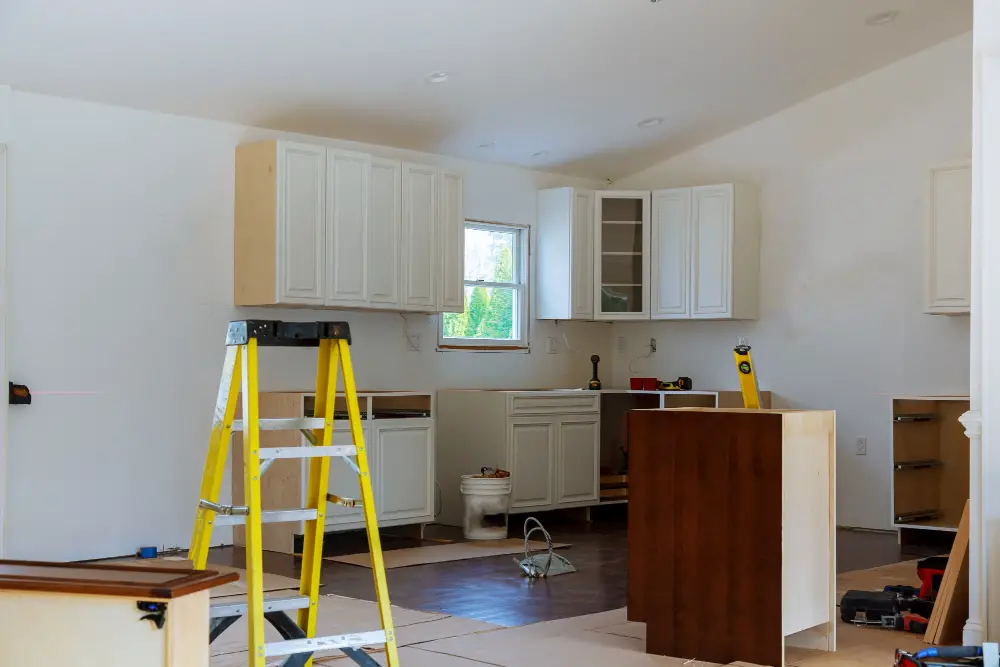
Selecting the right materials is a balancing act between aesthetics, performance, and budget. Experienced pros often recommend investing in high-quality flooring and countertops that withstand wear and tear, especially in high-traffic areas. Materials like quartz and hardwood might be pricier upfront, but their durability justifies the investment.
When choosing materials, also consider the maintenance they require. Some high-end materials may look fantastic but could demand more upkeep than you’re willing or able to commit to. It’s essential to choose materials that suit your lifestyle and the amount of time you can dedicate to maintaining them.
Melding Trends with Timelessness
Staying abreast of current design trends can give your home a fresh and modern feel, but it’s vital to inject a sense of timelessness to prevent your space from looking dated in a few years. Use current trends as accents, such as in decorative pillows, artwork, or other easily interchangeable elements, while keeping the core components of your home more neutral and classic.
To achieve the perfect balance, research which trends have staying power and consider how they might adapt to your taste over time. Can you picture yourself still enjoying these styles five or ten years down the line? It’s alright to sprinkle your home with trendy hints, but the foundation should remain solid and enduring.
Enhancing Functionality
When remodeling, look beyond the surface and think about how you can enhance the functionality of your space. This could mean adding more storage solutions, improving the flow of rooms, or incorporating energy-efficient fixtures to reduce long-term costs. Functionality upgrades not only make your day-to-day life smoother but also add to the overall value of your home.
Consider how your life might change in the years to come and plan for adaptable spaces. For example, a room that easily transitions from a home office to a guest room can be incredibly beneficial. Keep in mind that the ultimate goal is to create a home that works smarter, not harder, for you.
Working with Professionals
Even the handiest of homeowners can benefit from the expertise of professionals. When it comes to complex electrical work, plumbing, or structural changes, hiring experienced contractors can save time, and money, and ensure safety. They can also offer innovative ideas and solutions that you might not have considered.
When selecting a professional, do thorough research and choose someone reputable, with strong references, and with a style that aligns with your vision. A good professional will help guide you through the process, avoid costly mistakes, and help bring your dream home to life in ways you never imagined.
The Takeaway
Upgrading your home can be an exciting and rewarding experience with the right knowledge and approach. By prioritizing projects, budgeting wisely, choosing the right materials, blending trends with timeless design, enhancing functionality, and working with experienced pros, you can transform your space into a dream home that not only looks beautiful but also meets your practical needs and adds value for years to come.
Recap
